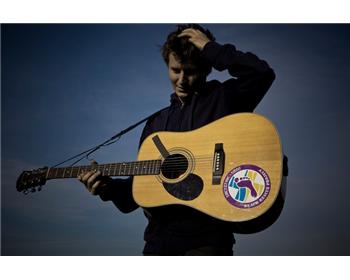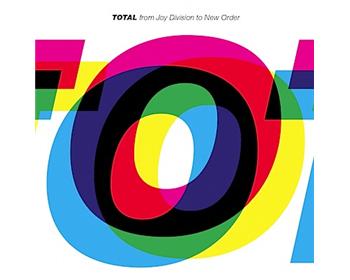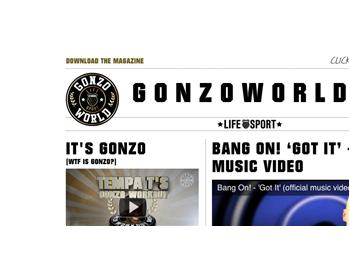The first thing that greeted visitors to Sheffield’s Sensoria Pro industry day was the unseasonable flurries of snow on the ground. Some might consider such bleak weather a stark metaphor for the state of the modern music and film industry but if the old ways and traditions were something to be lamented then Sensoria’s purpose was to help the musician and filmmaker find new alternatives to survive in an increasingly uncertain world.
The day was a series of informal discussions, finding ways for the creative individual to create an outlet and hopefully some form of remuneration for their work. Beginning with a seminar on music synchronisation. For want of a better word this is the audio equivalent of product placement and this was a session that looked at how you could licence your work for use in films, television and one of the newer media outlets video games.
The panellists guiding the audience through this section undoubtedly had the right credentials with the likes of Iain Neil and Marc Robinson on hand to provide their years of experience (Neil is a freelance music supervisor whose credits include Control and Lock Stock & Two Smoking Barrels while Marc is the Director of Film and TV for Universal Music). At just over an hour in duration it was clear that this was a subject where only the surface was being scratched but then the purpose here was to help the creative community start thinking about different outlets for their material.
The next session was looking at Music For Images, an entertaining section hosted by Liam O’Shea and exploring how to make use of the utilities that you may already have on your computer. Using a specially made piece called ‘How Did I Get Here’. Despite the obligatory computer glitches that always have a tendency to crop up when you least want them, Liam demonstrated how to use a Macintosh suite of applications such as Logic, iMovie and Garageband to achieve a cohesive result. Despite the fact that his piece was very much a work in progress, it worked very well and if anything the glitches served to show us that using a computer as your main creative platform is not without its pitfalls.
Since the digital revolution many people have tended to wear more than one creative hat. O’Shea was an excellent example of this, despite the fact that he by his own admission is no filmmaker his piece had a certain rough hewn charm and illustrated the processes involved very effectively.
The segment on DIY music covered a mixed bag of familiar and unfamiliar ideas, going beyond the traditional route of sending your CD to a label. We were introduced to companies such as AWAL who are responsible for providing musicians with that all important link to online stores such as iTunes as well as covering the pitfalls of rushing into getting your band or material signed to the first deal that is placed upon the table. There were interesting contributions once again from many industry experts including Mark Meharry from Musicglue and Rob Gordon a founder of Warp records. Kudos has to be given here to Roo Piggott who did a fine job of hosting and chairing the various sessions of the day.
The final session of the day was aimed more at the film making aspect of the industry and featured contributions from Academy and Warp Films and proved to be an intuitive insight into the world of making pop promos. It was interesting to see the different approaches the different speakers brought to the table. Liz Kessler being the voice of experience while Jamie Clark and Ed Lovelace from Pulse representing the spearhead of the low budget promo generation.
The focus of the day was undeniably the business aspect of both the music and film industry and in fairness a day like this is something that has been long overdue. There are countless people out there with creative leanings and the talent to back it up, however now more than ever we are living in an era where the traditional rules that governed how the artist and industry work together are being challenged.
In fact if you look at the state of the industry it can be both a daunting and somewhat depressing prospect for the artist. However the ideas on offer here did offer some interesting alternatives for the creative individual, one thing hasn’t changed, if you’re going to get anywhere you need to be prepared to invest a lot of your time and effort and face the possibility of rejection at every turn.
It’s impossible to say if some of the cutting edge ideas on offer here will survive as the next business model for the music and film industry. As I mentioned the industry is currently in a state of flux and with the best will in the world there is no absolute way of knowing who will come out on top when the dust eventually settles. However for now it’s good to know that with days like this we have access to people who were prepared to give a little insight into their world and “what could happen”.


